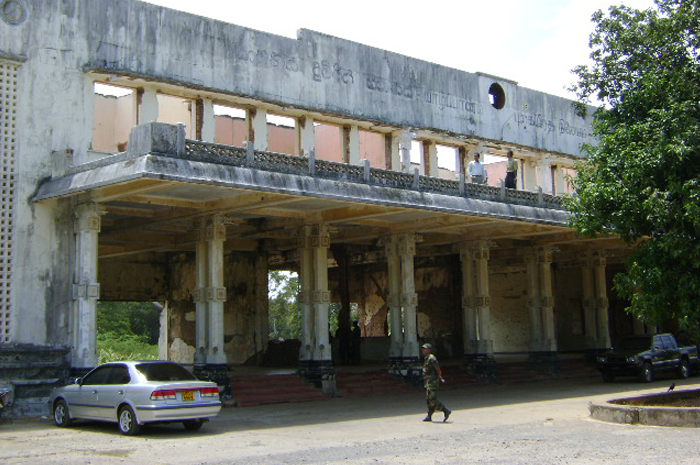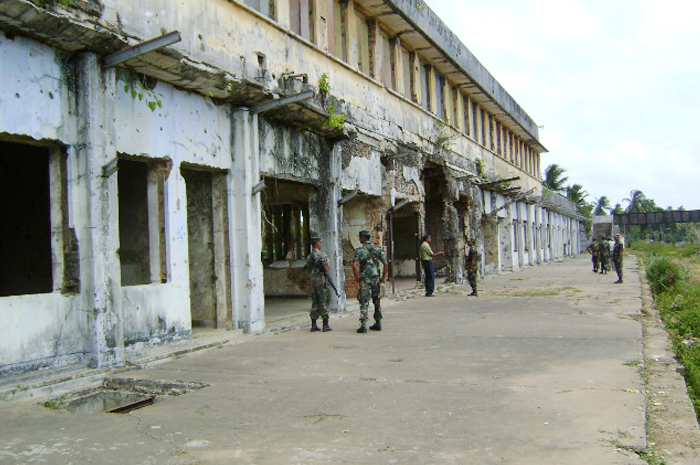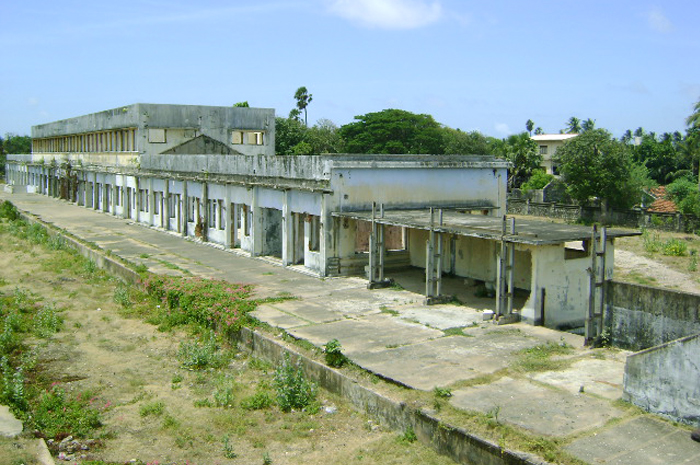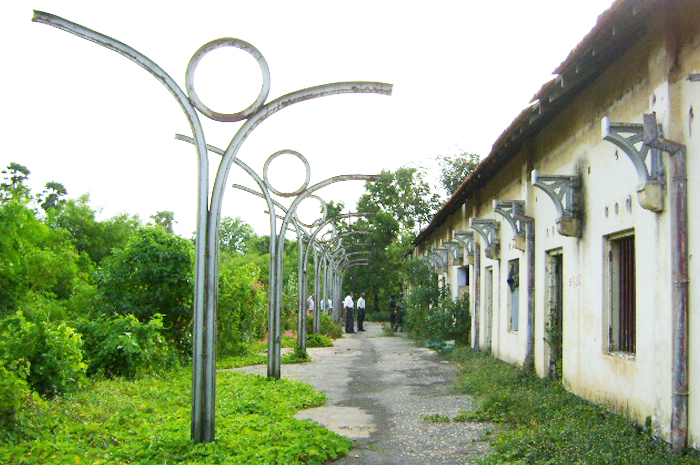 Pressing the snooze button for the third time in a row, finally I got off the bed at 4 a.m. My heavy eyes begged for more sleep. I desperately wanted to call off the trip to Kandy. However, knowing the consequences of missing this, I pushed myself to the washroom. ‘Never play with your career’ Dad’s voice echoed in my head. Rushing through the packing, ironing and dressing, I was ready in the nick of time.
Pressing the snooze button for the third time in a row, finally I got off the bed at 4 a.m. My heavy eyes begged for more sleep. I desperately wanted to call off the trip to Kandy. However, knowing the consequences of missing this, I pushed myself to the washroom. ‘Never play with your career’ Dad’s voice echoed in my head. Rushing through the packing, ironing and dressing, I was ready in the nick of time.
“Dad! Dad! We are late!” “Jana! I waited for almost half an hour now. You are the one who is late,” he replied.
“Oh never mind! Let us go now. Bye Amma! Bye Malli!” I rushed to the car. “Did you take the things you need?” Amma inquired and as usual, Dad worried himself about my financial status. I nodded and waved at Amma as the car approached the road.
“Oh! What made you late?” My workmates queried. “Dad got late to get ready,” I stuttered. “Can we please start the journey now?” the annoyance of a colleague stopped further inquiry. “Wait wait!” I interrupted. “I need to drink some water and go to the washroom,” I begged. “Hurry up then,” yelled the workmate in-charge of us.
I shoved my hand into the bag to take the bottle out, but my fingers hit bare leather. I stopped in surprise and started to rummage through all the pockets of my bag.
With a sickening thud, I realised my precious bottle of water was missing. For a moment, cursing me for being careless, I thought of the long day ahead without the bottle. “Oh! I have left my bottle of water,” I said. “Don’t worry, we’ll give you water,” a friend assured.
“But we cannot stop anywhere to buy a bottle,” I fretted for the bottle, ‘Drinking water to my heart’s content is impossible from another’s bottle!’ As the day passed all my thoughts revolved around the bottle.
It made me thirstier than any of the other days.
Lost in my thoughts, back in the bus, I heard someone calling the driver, “Prasanna, issaraha kohenhari navaththanna vathura bothalayak ganna (stop somewhere to buy a bottle of water),” the voice ordered. I sighed with a relief and grinned at my colleagues. “Thank you,” I murmured. “How can we be cruel to the damsel in distress?” voiced one of the workmates.
 “Though we habitually drink bottled water, it is not a healthy choice, you know?” with another grin, I initiated a conversation. “Why?” they were inquisitive. “Those bottles are carcinogenic,” I reasoned. “Carcinogenic? What does that mean?” Someone inquired. “It can cause cancer. The water bottles available in the shops are PET bottles. These PET bottles contain a potentially carcinogenic element known as DEHA, which is a cancer-causing chemical agent,” I cautioned.
“Though we habitually drink bottled water, it is not a healthy choice, you know?” with another grin, I initiated a conversation. “Why?” they were inquisitive. “Those bottles are carcinogenic,” I reasoned. “Carcinogenic? What does that mean?” Someone inquired. “It can cause cancer. The water bottles available in the shops are PET bottles. These PET bottles contain a potentially carcinogenic element known as DEHA, which is a cancer-causing chemical agent,” I cautioned.
“Two years ago I interviewed a physician interested in this subject, Dr. Waruna Gunethilake. He said plastic could leak chemicals that can cause cancer and many more health risks.” Whispers filled the air, breaking the silence in the bus. Plastic bottles have become one of the essentials in our day-to-day life. It is easy to carry, readily available and affordable too. The astonishment on my workmates’ faces demonstrated their dependence on these bottles.
“Tests have shown that these chemicals can give rise to breast cancer and decrease sperm count. Most importantly when these plastic are put to hard use and exposed to high temperature, like microwaves, hot liquids, and direct sunlight, even refrigeration, chemicals leak.” They gazed at me with their startled eyes. “Repeated washing and rinsing can cause plastic molecules to break easily. They are micro-breaks, not visible to the naked eye. Thin bottles can leak more chemicals.” I explained the gravity of it. “So, what you say is not to use plastic water bottles from now?” “You can use, but make sure you dispose of them after the first use,” I advised.
 The rest of the journey was a silent one. I assumed that thoughts about the use of plastic bottles kept them busy. Something worth mention is when you are buying a water bottle for everyday use, check the number underneath the bottle within a triangle with arrows - commonly known as the recycling symbol. If it says five, go for it.
The rest of the journey was a silent one. I assumed that thoughts about the use of plastic bottles kept them busy. Something worth mention is when you are buying a water bottle for everyday use, check the number underneath the bottle within a triangle with arrows - commonly known as the recycling symbol. If it says five, go for it.
According to Dr. Gunethilake, these types of plastic contain a coating inside the container, which prevents leaking chemicals. However, keep in mind that all plastics can leak chemicals under certain conditions. As a rule of thumb, do not subject even the most durable plastics to high temperatures and never drink water from bottles, kept in the vehicle on hot, sunny days. After all, health should come before convenience















































 This is held to avoid the troubles that may crop up as a result of donning the masks. This religious segment may have been influenced by the honour and respect the villagers had towards wearing these masks.
This is held to avoid the troubles that may crop up as a result of donning the masks. This religious segment may have been influenced by the honour and respect the villagers had towards wearing these masks. the Thanayampola under orders of the Mudliyar. Jasa Kolama: He comes with a load of cloth to cover the stage.
the Thanayampola under orders of the Mudliyar. Jasa Kolama: He comes with a load of cloth to cover the stage.